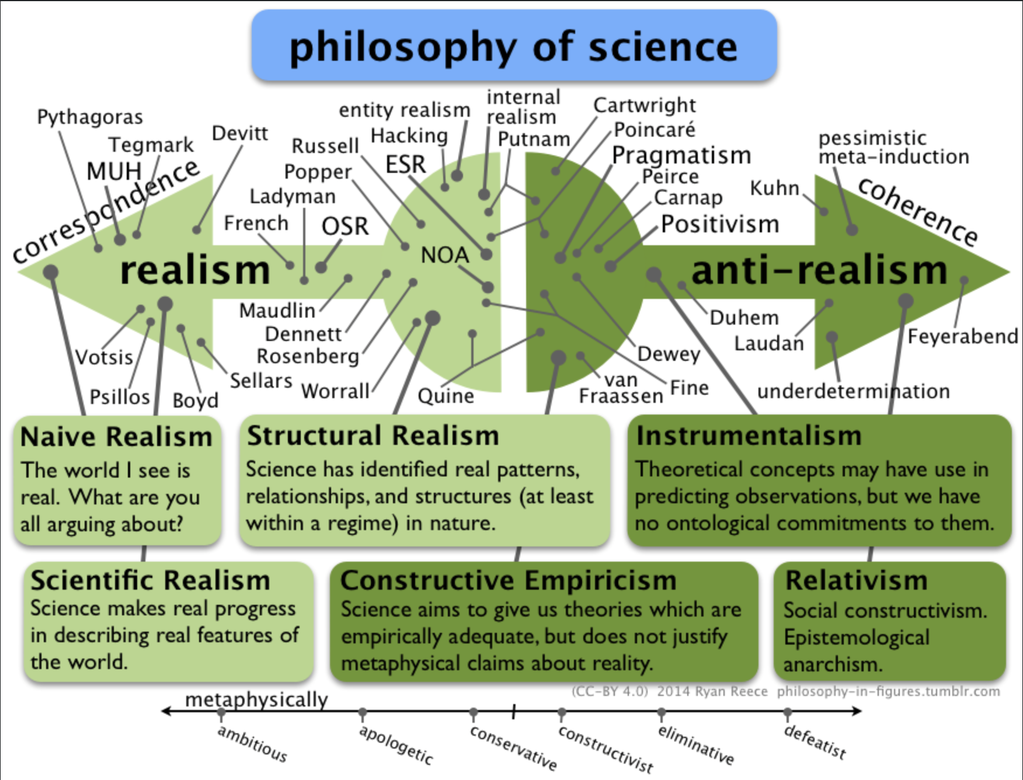Cause And Effect: The Revolutionary New Statistical Test That Can Tease Them Apart
From the post:
…But in the last few years, statisticians have begun to explore a number of ways to solve this problem. They say that in certain circumstances it is indeed possible to determine cause and effect based only on the observational data.
At first sight, that sounds like a dangerous statement. But today Joris Mooij at the University of Amsterdam in the Netherlands and a few pals, show just how effective this new approach can be by applying it to a wide range of real and synthetic datasets. Their remarkable conclusion is that it is indeed possible to separate cause and effect in this way.
Mooij and co confine themselves to the simple case of data associated with two variables, X and Y. A real-life example might be a set of data of measured wind speed, X, and another set showing the rotational speed of a wind turbine, Y.
These datasets are clearly correlated. But which is the cause and which the effect? Without access to a controlled experiment, it is easy to imagine that it is impossible to tell.
The basis of the new approach is to assume that the relationship between X and Y is not symmetrical. In particular, they say that in any set of measurements there will always be noise from various cause. The key assumption is that the pattern of noise in the cause will be different to the pattern of noise in the effect. That’s because any noise in X can have an influence on Y but not vice versa.
…
At some eighty-three (83) pages, this is going to take a while to digest. One of the reasons for mentioning it as a couple of holidays approach in many places.
I don’t think the authors are using “cause and effect” in the same sense as Hume and Ayer but that remains to be seen. Just skimming the first few pages, this is going to be an interesting read.
The post is based on:
Distinguishing cause from effect using observational data: methods and benchmarks by Joris M. Mooij, Jonas Peters, Dominik Janzing, Jakob Zscheischler, and Bernhard Schöt;lkopf.
Abstract:
The discovery of causal relationships from purely observational data is a fundamental problem in science. The most elementary form of such a causal discovery problem is to decide whether X causes Y or, alternatively, Y causes X, given joint observations of two variables X, Y . This was often considered to be impossible. Nevertheless, several approaches for addressing this bivariate causal discovery problem were proposed recently. In this paper, we present the benchmark data set CauseEffectPairs that consists of 88 different “cause-effect pairs” selected from 31 datasets from various domains. We evaluated the performance of several bivariate causal discovery methods on these real-world benchmark data and on artificially simulated data. Our empirical results provide evidence that additive-noise methods are indeed able to distinguish cause from effect using only purely observational data. In addition, we prove consistency of the additive-noise method proposed by Hoyer et al. (2009).
Thoughts and comments welcome!
